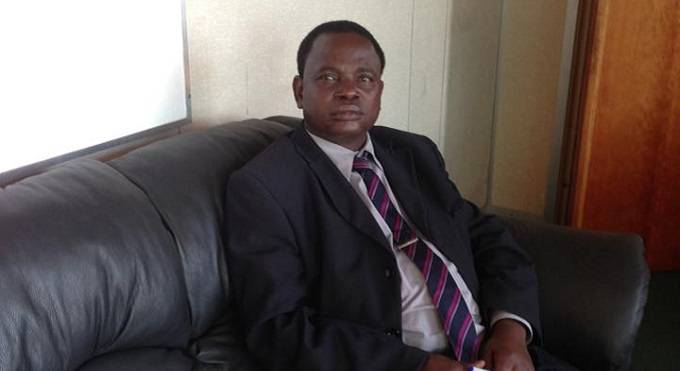High costs pushing many away from medical aid schemes

Andile Tshuma
Health cover is becoming prohibitive given salaries of most workers yet the enjoyment of the highest attainable standard of health is one of the fundamental rights of every human being regardless of one’s race, religion, political affiliation, economic or social status.
A trip to the pharmacy is to be avoided at all costs as it can give you a serious shock. The rise of drug prices is outpacing all other areas of healthcare spending and if you have medical aid cover, you still have to contend with paying hefty amounts in shortfalls despite the high monthly subscriptions.
Getting sick is becoming more and more expensive and as prices of drugs in pharmacies rise, there’s a growing market of medical drugs sold on the streets where nearly half of them are counterfeit and can potentially cause further health complications.
As private hospitals, doctors and laboratories continue pushing up their fees faster than inflation, the medical aid societies are following suit.
This is forcing many out of private health care and private health insurance as they can no longer afford the fees and subscriptions.
To add salt to injury to the struggling members of the public, public hospitals recently increased fees and reintroduced maternity fees which were scrapped to curb maternal deaths and infant mortality.
This is necessary to revive the health sector and improve service delivery but many people cannot afford to put a plate of food on the table, let alone health care.
Health and Child Care permanent secretary Dr Agnes Mahomva announced new hospital fees which were effected on January 1. Government should however be commended for providing free health care for children under five and for the elderly, over 65. For caesarean section deliveries, expectant mothers now pay $2 500 at central hospitals.
Consultations for chronic illnesses, which are exclusive of drugs, are set at a fixed fee of $100 at Parirenyatwa Group of Hospitals and $80 at central hospitals such as Mpilo. This potentially brings a challenge to people with conditions such as high blood pressure, diabetes and other non-communicable diseases.
Universal health coverage is one of the targets for the achievement of the Sustainable Development Goals by 2030 and Government has promised to deliver affordable quality health care for all by 2030.
The health sector was allocated $6,5 billion in the national budget that should see a significant improvement in the health delivery system as well as sustaining gains already made in the sector.
The Association of Healthcare Funders of Zimbabwe (AHFoZ) issued new pricing guidelines in November last year to cushion members against huge co-payments and shortfalls. The adjusted rates are now forcing some members to either downgrade packages or drop health insurance completely.
This has been exacerbated by the fact that salaries for most workers have not been reviewed for a long time yet the cost of health care is increasing every month.
Taking civil servants’ salaries as a guide, the least-paid civil servant is taking home $1 023 per month. Medical Aid societies are now charging about $6`00 for an average plan covering only the member plus a similar amount for the first adult dependent, an average of $350 every month for each dependent child.
This means a monthly subscription for an average plan covering member, spouse and two children is attracting about $1 900 every month, an amount that is far beyond the reach of an average Zimbabwean in formal employment, forcing many to either downgrade to basic packages, which pay bills at public clinics and hospitals, or drop health insurance completely.
The increases were necessitated by the cost of healthcare which continues to increase with general practitioners now demanding at least $300 in consultation fees and specialists between $1 100 and $1 800 for each consultation.
Most private hospitals have since resorted to demanding deposits of up to $10 000 for a patient seeking admission for hospitalisation and subsequent procedures.
Laboratory procedures, medicines and all other associated medical services have gone up with most providers using the US dollar black-market rates to peg costs of their services.
Some medical aid societies have also intensified engagements with amenable service providers to do away with co-payments and shortfalls.
Health insurance is a necessity as people without health insurance often find it difficult to pay huge unexpected medical bills, which in turn impacts on the quality of healthcare rendered to them in times of emergencies.
Some people are resorting to alternative medicine such as traditional medicines, seeking traditional healers and taking supplements as they cannot afford conventional health care. This is however dangerous for people on prescription medication as they must not default on their medication.
A month’s supply for a patient on dual hypertension and diabetes medication costs more than the equivalent of US$100 on average and pharmacies often use the parallel market rate which brings more problems to chronic patients.
The right to health for all means that everyone should have access to health services.
A lot has been achieved and a lot still needs to be done as many people are yet to access basic health services. — @andile_tshuma








Comments